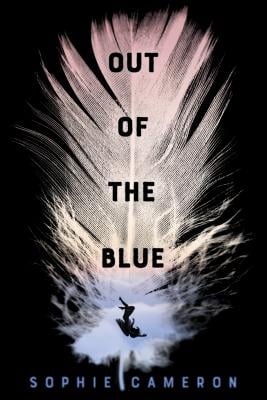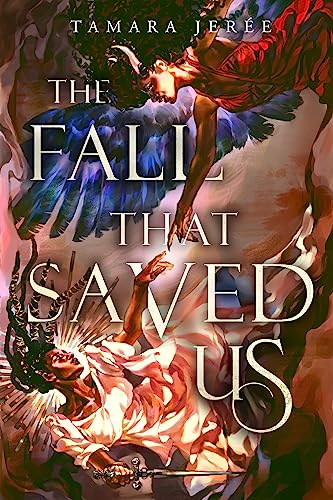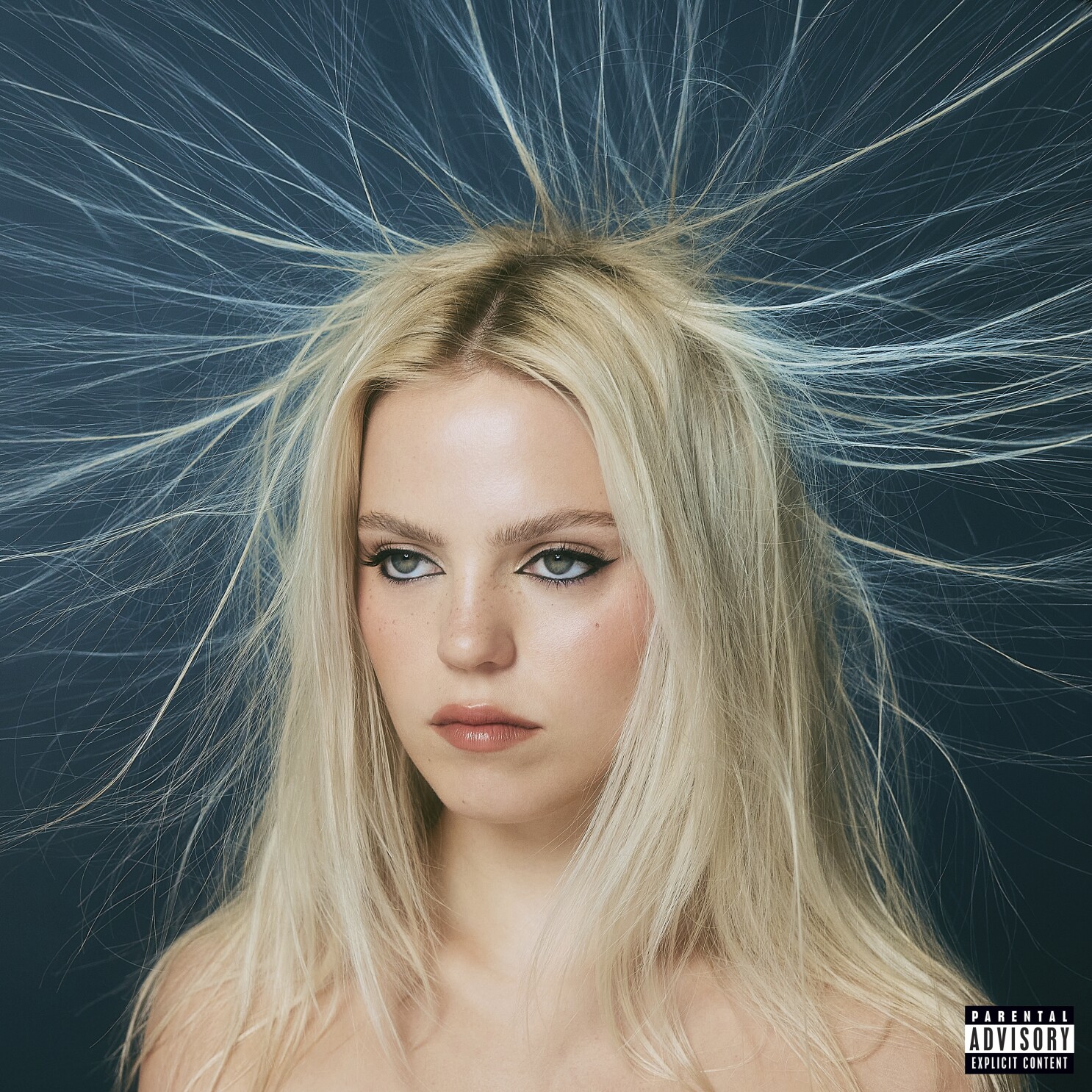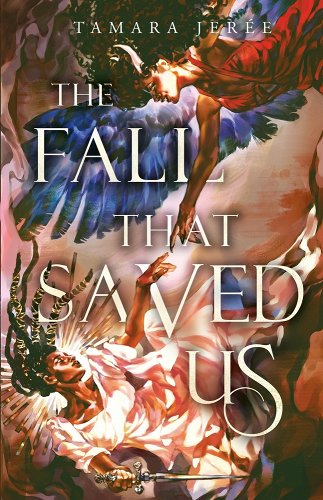In 1940s Chicago, a serial killer known as the White City Vampire spreads fear as everyone wonders who his next victim will be. Helen Brandt, an exiled magician deemed a warlock for her crimes against the Brotherhood, is on the case. But as the mystery unfolds, her past comes back to haunt her, and sheRead More
Grief, Uncertainty, and Fallen Angels: Out of the Blue by Sophie Cameron Review
Jaya Mackenzie is grappling with the heavy weight of loss and confusion. Her mother has passed away, her ex-girlfriend disappeared without a trace, and the world is in chaos as angels fall from the sky at breakneck speeds, dying upon impact. Meanwhile, her father’s obsession with capturing one of these celestial beings pulls the familyRead More
A Bittersweet Supernatural Romp: Even Though I Knew the End by C.L. Polk Review
At the close of 2024, I offer up my favorite read of the year: C.L. Polk’s Even Though I Knew the End. This novella catapulted me through five acts in the span of 133 pages, and it hurt in the best possible way. Settle in for a gritty noir detective story: January 1941, Chicago. The coldRead More
A Succubus, a Fallen Angel, and a Forbidden Romance: The Fall That Saved Us by Tamara Jerée
While I am usually pretty ambivalent about book covers, every once and a while a book will come along with such a beautiful cover that I can’t help but add it to my to-read list. One such book is Tamara Jerée’s The Fall That Saved Us. Once I read the summary, though, it went from just beingRead More
All The Pretty Girls Read Sapphic Stories: More Readalikes for Reneé Rapp’s Snow Angel
If you have Reneé Rapp’s album Snow Angel playing on repeat, these are the sapphic books you need to read! Pick up the one that matches your favorite song, or get the whole stack if it’s too hard to pick. You can get a copy of any of these titles from your local bookstore orRead More
Gory, Queer Cosmic Horror: The Dead Take the A Train by Cassandra Khaw and Richard Kadrey
Bookshop.org Affiliate Link This plunge into cosmic horror follows Julie, an almost-thirty-year-old woman with a diet mainly consisting of alcohol and whatever brand of drug she has lying around, through the streets of New York as she tries to keep herself afloat doing odd monster-hunting jobs. What really kicks the story off, though, is herRead More
Healing Through a Haunting: The Fall That Saved Us by Tamara Jerée
Bookshop.org Affiliate Link The author’s content notes, which also apply to this review: “While Cassiel’s story is focused on healing, heavier themes of trauma and shame are explored to give context to the protagonist’s journey. Please consider the major content notes: cutting scars, brief self-harm ideation, discussion of an eating disorder, family emotional abuse, andRead More
A Supernatural Noir Novella About Love at All Costs: Even Though I Knew the End by C.L. Polk
Bookshop.org Affiliate Link What would you give up everything for? If you knew you were doomed, would you keep fighting? In fewer than 140 pages, the award-winning Even Though I Knew the End by C. L. Polk posits these questions with a heroine whose love and determination propel her through a fast-paced investigation to catch a killerRead More





